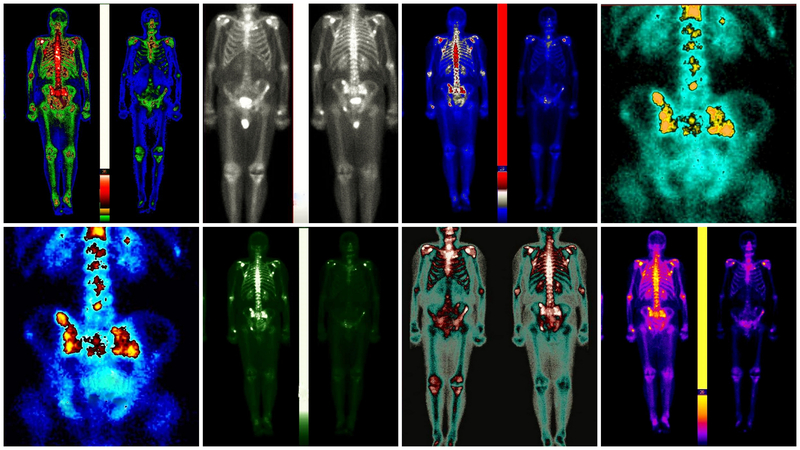
Prostate cancer stands as a significant health concern for men, demanding thoughtful consideration and informed decision-making when it comes to treatment. Given the multitude of available options, navigating the terrain of prostate cancer treatments can be a daunting task. Here are some essential factors to assist you in navigating the path to finding the optimal treatment for prostate cancer.
1. Understanding Prostate Cancer Types and Stages
The effective treatment of prostate cancer is contingent upon the particular type and stage of the illness. Differentiating between prostate cancer that is localized, regional, or metastatic is essential for choosing the best course of treatment. Differentiating between different treatment options, such as surgery, radiation therapy, hormone therapy, or active surveillance, requires a sophisticated understanding of the features of the malignancy. A complete grasp of the various types and phases is necessary for making informed decisions about the management of prostate cancer, enabling patients to proceed with their treatment with confidence and knowledge.
2. Consultation with a Urologist or Oncologist
An important first step in starting your prostate cancer journey is to speak with a specialist oncologist or urologist. These professionals have a wealth of experience to thoroughly evaluate your situation, taking into account important aspects such as Gleason score, prostate-specific antigen (PSA) levels, and general health. Collaborating with these experts cooperatively yields insightful information about your particular situation and enables a customized investigation of treatment options based on your unique situation. This first session lays the foundation for an informed and personalized approach to managing prostate cancer, guaranteeing that your path is taken with skill and accuracy. Getting a second opinion and talking about available clinical trials can also help you make better decisions by giving you a more thorough grasp of your options for treating prostate cancer.
3. Exploring Surgical Options
For localized prostate cancer, surgery is a major option. Several treatments can be done, including robotic-assisted laparoscopic prostatectomy and radical prostatectomy. A robotic-assisted laparoscopic prostatectomy uses robotic technology to help minimally invasive methods, while a radical prostatectomy entails the removal of the prostate gland and surrounding tissues. Every strategy has benefits, drawbacks, and possible adverse effects, which highlights the significance of careful comprehension and consultation with medical experts. Examining surgical options helps patients make decisions that are specific to their condition and adds to a treatment plan that is all-inclusive for controlling localized prostate cancer.

4. Radiation Therapy and Its Modalities
One of the most important treatments for prostate cancer is radiation therapy, which uses high radiation doses to target cancer cells specifically. Brachytherapy and external beam radiation are the two main treatments that provide different approaches. When applied over several weeks, external beam radiation precisely distributes radiation from outside the body, making it appropriate for treating localized prostate cancer. By directly injecting radioactive seeds into the prostate, brachytherapy offers an internal, targeted treatment alternative. Furthermore, a recently developed method called focal laser ablation uses laser energy to target and eliminate malignant tissue with the least amount of harm to adjacent tissue. When selecting one of these modalities, one must carefully weigh the benefits, possible drawbacks, and personal preferences. Talking about these issues with your medical team helps you make an educated choice that fits your particular situation and promotes cooperation in your fight against prostate cancer.
5. Integrating Hormone Therapy and Immunotherapy
For advanced prostate cancer, hormone therapy, also referred to as androgen deprivation therapy, is a popular treatment option. Hormone therapy attempts to retard or decrease the tumor by lowering testosterone levels, which drive the proliferation of prostate cancer cells. Both pharmaceuticals and surgical methods, such as testicle excision, can be used to give this treatment. On the other hand, immunotherapy uses the immune system’s power to target and eradicate cancer cells. Immunotherapy checkpoint inhibitors and therapeutic vaccinations are two examples of strategies used to strengthen the body’s defenses against cancer. With further investigation, the combination of immunotherapy and hormone therapy may lead to better results, providing additional options for treating advanced prostate cancer and improving patients’ quality of life in general.
Conclusion
The process of determining the most effective treatment for prostate cancer is complex and requires careful assessment of the unique features of the illness. People who are well-informed and have collaborative talks with healthcare experts are more equipped to navigate the treatment landscape confidently. One can work toward the most efficient and customized treatment plan by approaching the decision-making process with a personalized and knowledgeable viewpoint, encouraging optimism and resilience in the face of prostate cancer.

